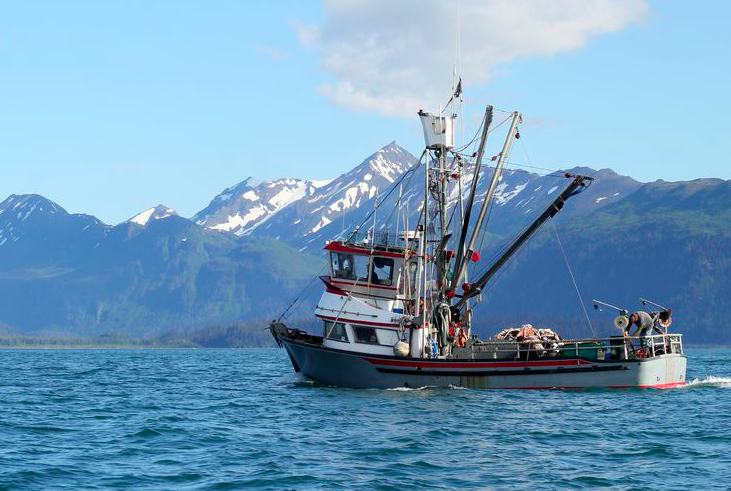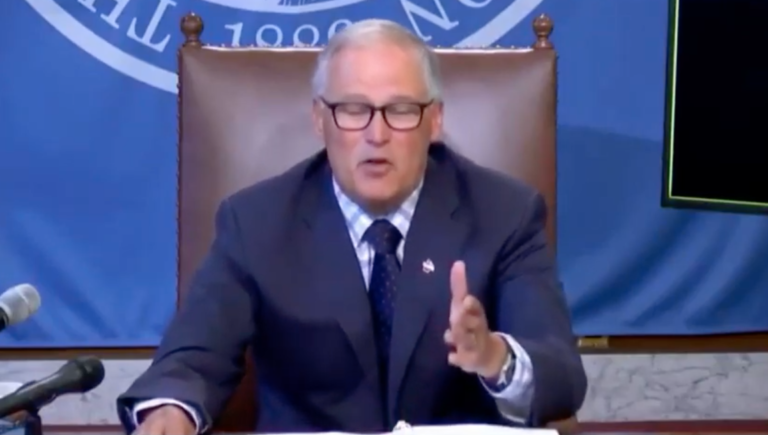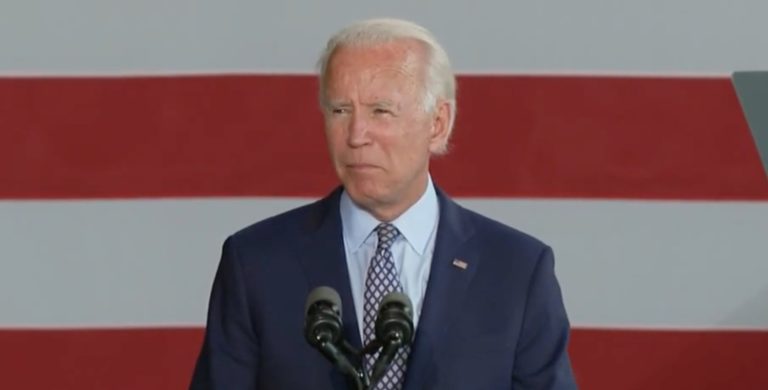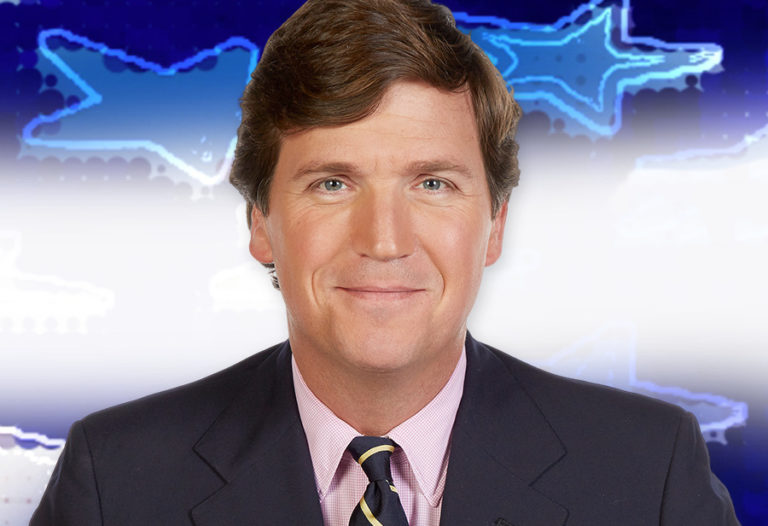By MARK HAMILTON
(Editor’s note: This is the eighth in a series by Mark Hamilton about the history of the Pebble Project in Alaska.)
We are engaged in a contest between facts and narratives. This observation has been discussed in several books and papers recently, but I believe it is important for all of us to be aware of the unequal battlefield to which we are subjected.
This is a necessary exercise in order to decide what kind of “filter” you wish to arm yourself with in considering any controversial issue.
Sadly, the very word “controversial” has been highjacked by the narrative crowd. In seeking audiences to inform about the Pebble mine project, I was turned down many times with the (usually regretful) statement, “We don’t allow controversial subject matters.” What? The word “controversial” simply means there are opinions on both sides of an issue. How has this become a “hands off” topic?
Nowhere is this attitude more harmful than on our university campuses. My 12 years as the president of the University of Alaska thankfully predated an alarming trend. Understand that the foundation of higher learning is the dialectic. This protocol describes the contest of ideas, wherein a thesis, developed, supported, and explained confronts an antithesis (anti-thesis) also developed, supported and explained to be reasoned together in search of a synthesis (a newly discovered blending) that will more closely approximate truth. These contests of ideas do not necessarily require emotional indifference, indeed childlike name calling has added a bit of spice to several of these historical intellectual duels. While there may be room for emotion and passion, these diminish in the face of data and research.
What is the new learning protocol when we observe multiple universities creating “safe zones”? Spaces that specifically outlaw conflicting ideas. Without the conflict of ideas, without the allowance of antitheses, without the reasoning together, what is left of our ability to learn? We are left with uncontested narratives to voice opinions devoid of fact.
Only slightly better are contested narratives assuming they are allowed on the social media link you are a part of. At least in the weighing of contested narratives, you could detect logical fallacies, or outrageous exaggerations.
What about facts? It’s just too easy to exclaim we can never determine the facts. Of course, you can. It may involve listening to several, certainly more than one news agency, discovering the differing interpretations, and exploring the issue yourself. It may involve searching the several sources of baseline data compiled by agencies with no agenda except formulating their business model. Insurance companies care about valid statistics about age and gender to construct their insurance plans, not to issue a public opinion.
Their data might be more reliable than data quoted to support a narrative.
True, there are a huge number of issues that you just don’t care to research yourself. I certainly join you in that. In those situations, assuming that we are interested in the resolution of the debate, we are forced to rely on experts. But here we are faced with a similar problem, which experts to rely on.
As you build your own filter, I recommend you look closely at the track record of reliability. What source of facts has predicted the outcome? That’s what your filter should do, help you in determining the outcome of controversial issues.
For example, if your sources have predicted that the world’s oil will run out in the next decade on three or four previous occasions, and that has not occurred; it’s time to find a new expert.
Insistence on dealing with facts can deal you out of a lot of current discussions. Facts need to be verified; narratives only need to be repeated.
But while you are depending on experts, narratives are depending on clicking “SHARE.” There is no need for a narrative to disprove your facts if they can just overwhelm you with repetition; how many followers do you have? How many do they have?
While you are looking for a “LIKE” with logic; opponents are getting a “COMMENT” with emotion.
It will take some time to build your own filter, it will involve testing it with your own predictions, or predicting the path of opponents’ narratives. Only then can you avoid getting “Pebbled.”
The “Pebbled” series at Must Read Alaska is authored by Mark Hamilton. After 31 years of service to this nation, Hamilton retired as a Major General with the U. S. Army in July of 1998. He served for 12 years as President of University of Alaska, and is now President Emeritus. He worked for the Pebble Partnership for three years before retiring. The series continues next week.
Pebbled 1: Virtue signaling won out over science in project of the century
Pebbled 2: Environmental industry has fear-mongering down to an art
Pebbled 3: The secret history of ANWR and the hand that shaped it
Pebbled 4: When government dictates an advance prohibition
Pebbled 5: EPA ‘just didn’t have time’ to actually go to Bristol Bay









